Hans Ulrich Schwaar, born in Sumiswald in 1920, was a primary school teacher, track-and-field athlete and orienteer who published books such as “Ghoblets u Unghoblets” (With or against the grain) and “Gryymts u Ùngryymts” (Rhyme or reason) in his own Emmental dialect. Beginning in 1977, Schwaar also translated the works of Charles-Ferdinand Ramuz into Bernese dialect, in what ultimately became a six-volume literary epic. He followed up this spectacular achievement in 1988 with “Di sibe Brüeder” – an adaptation into Bernese dialect of Aleksis Kivi’s Finnish classic “Seven Brothers” (Seitsemän veljestä). Schwaar’s translation is the only one that is genuinely complete. Experts also say that it is closer to the original than any other.
Love affair with Finland
And there is a good reason for this. After retiring early from his job as a teacher in Langnau im Emmental in 1982, Schwaar – in his own words – left Switzerland “in a hurry” and began his passionate acquaintance with Finland, the country of his dreams. Schwaar described his Nordic love affair in the 1983 book “Erlebtes Finnland” (The Finland experience). His fascination with the country was intoxicating. “An overpowering spirit speaks to our soul, touching and enriching our emotions with indelible memories,” he wrote. Schwaar was especially intrigued by northern Finland’s indigenous people, the Sámi, whose tales and legends he collated, and with whom he enjoyed a real-life symbiosis as housemate and employee of reindeer herder Iisakki-Matias Syväjärvi.
Native to both worlds
During the last quarter of his long life, which ended at the age of 94 in his adopted home of Äkäslompolo in Finnish Lapland, Schwaar spent most of his time in northern Finland, even when he had almost turned blind and could barely manage on his own. However, his fondness for the Emmental Valley never faded, with the later works in his 39-book literary career ultimately oscillating between Finland and Switzerland. Some novels were centred on Finnish Lapland: “Herbst in Lappland” (Autumn in Lapland), “Tundra, Sumpf und Birkenduft” (Tundra, swamps and the smell of birch trees), “Am Rande der Arktis” (On the edge of the Arctic), “Näkkälä, jeden Tag” (Näkkälä, every day), “Geheimnisvoller Norden” (Mysterious north), “Die Samen und wir” (Encounters with the Sámi), “Näkkäla. Ein letztes Lied” (Näkkäla. One last song). Others harked back to Schwaar’s Bernese origins and dialect: “Gfröits u Ùngfröits” (The good and the bad), “Churzwaare” (Haberdashery), “Rychs Bärndütsch” (The rich Bernese dialect), “Läbigs Bärndütsch” (The vibrant Bernese dialect), “Farbigs Bärndütsch” (The colourful Bernese dialect). Considering the author’s love of his native dialect, the 1996 monograph “René Auberjonois” marked a surprising detour into the world of art. Schwaar, who became interested in art through his dealings with the artists who had created portraits of Charles-Ferdinand Ramuz, almost made a side career for himself as a professional collector from 1947 onwards. By the time he died, he had amassed 2,500 artworks that now belong to the municipality of Langnau. Schwaar also championed Swiss-German dialect well into his final years. At the age of 88 in 2008, he collected 13,000 signatures for an ultimately unsuccessful petition demanding the reintroduction of dialect into the Swiss curriculum. When Langnau awarded Schwaar the freedom of the town in 2005, the mayor said: “Time and again, people achieve remarkable things in their field of activity over a period of time. However, it is extremely rare to meet anyone who has been as tirelessly active in so many areas as Hans Ulrich Schwaar, whose body of work has mostly remained under the radar.”
Charles Linsmayer is a literary scholar and journalist in Zurich.
“By becoming absorbed in nature, we can learn about nature’s divine wonder. This divinity lies hidden in every human soul. Showing compassion to our neighbours is just as fulfilling as marvelling at a flower – both these things are divine.”
Except from “Intimitäten” (Intimacies), Hans Ulrich Schwaar, Langnau 2007; available from: ruth.wullschleger@dorfberg.ch
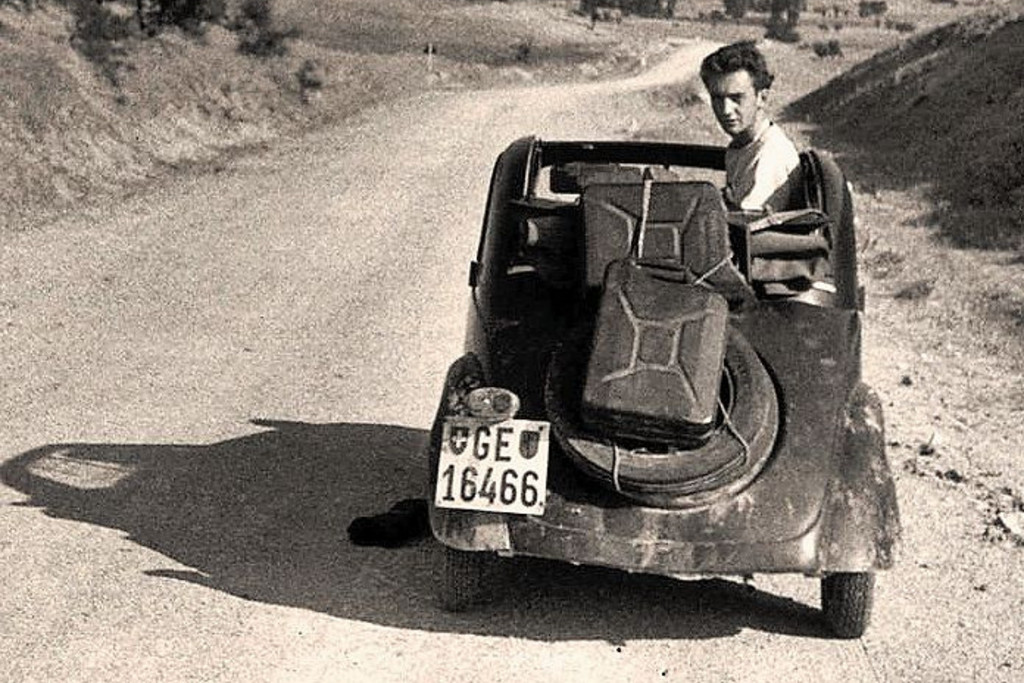
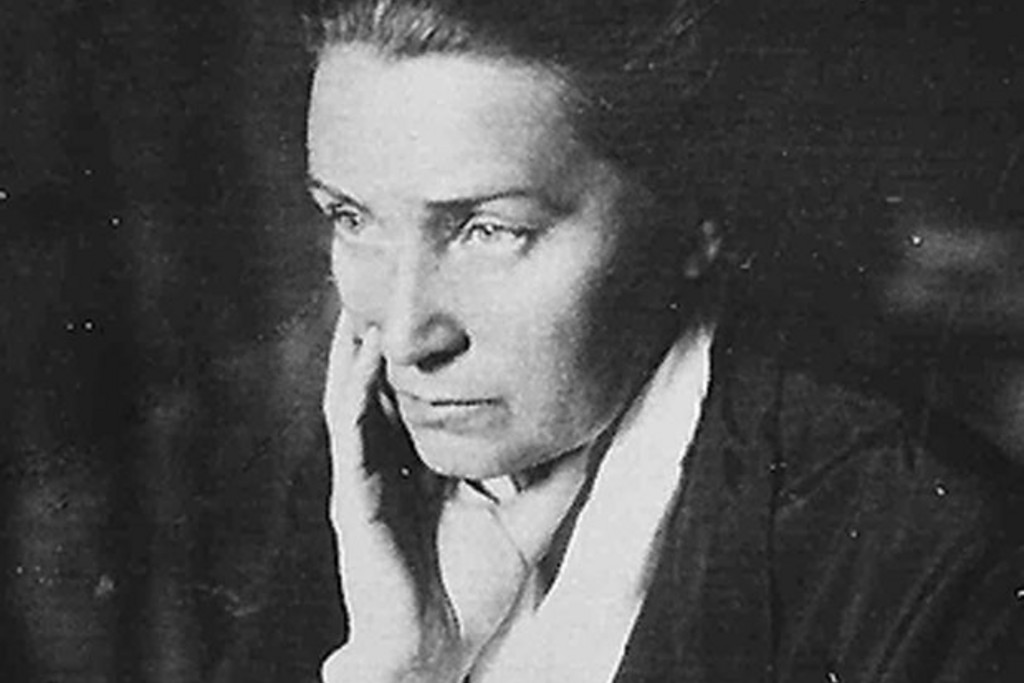


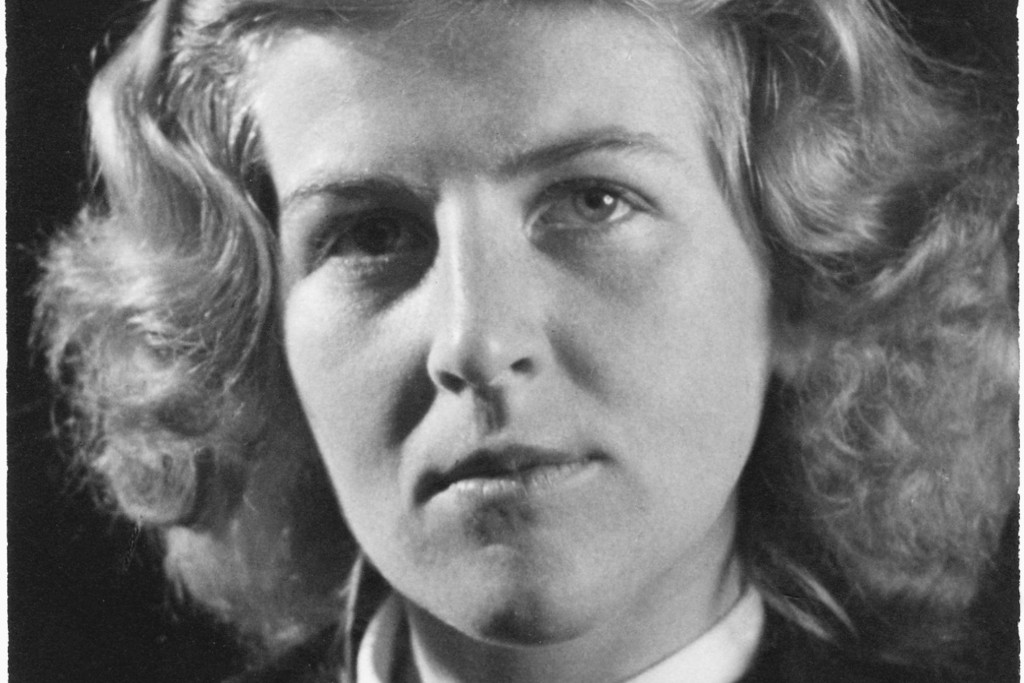
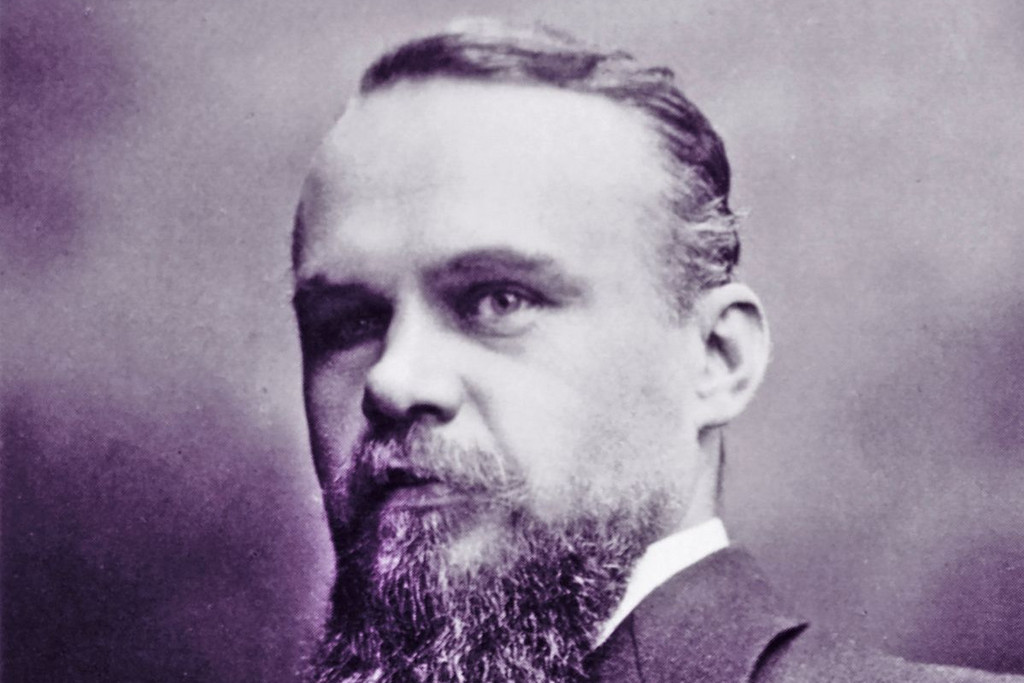
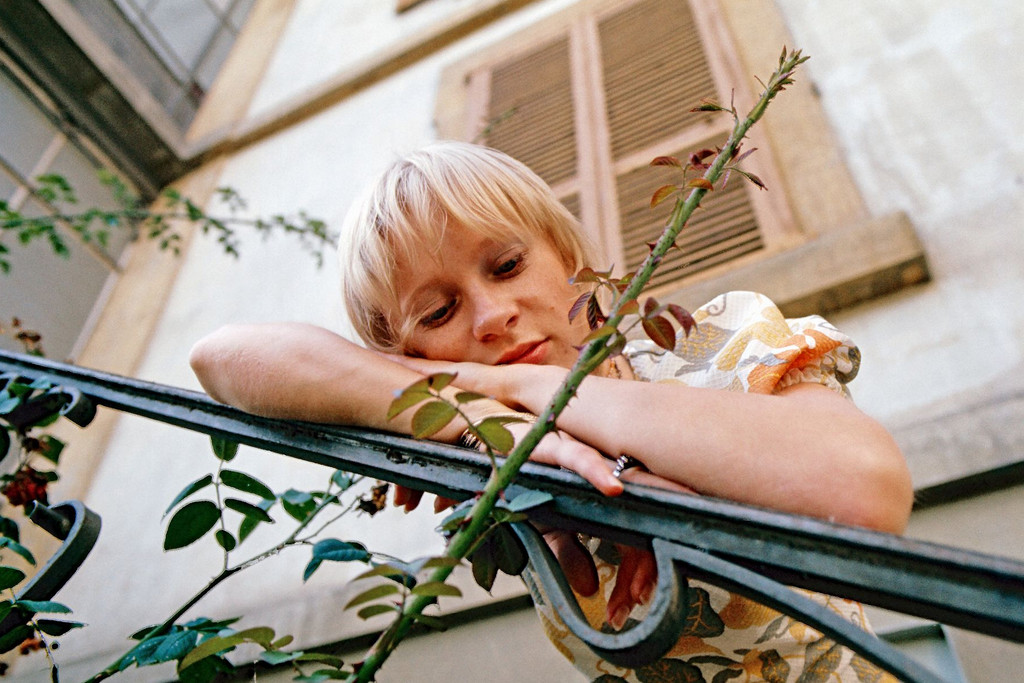
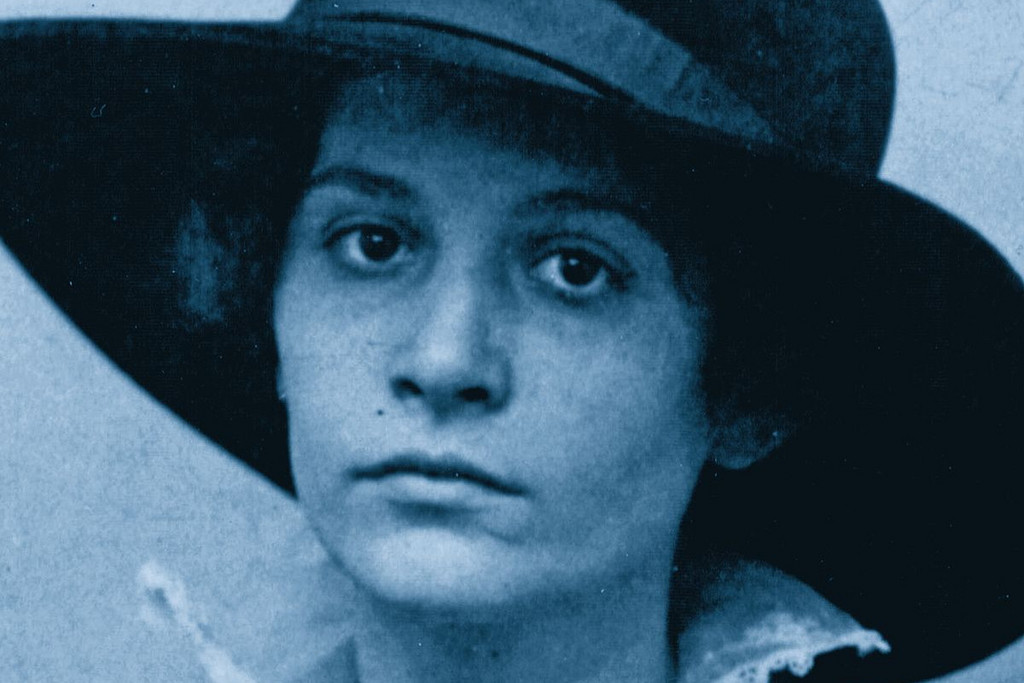



Comments